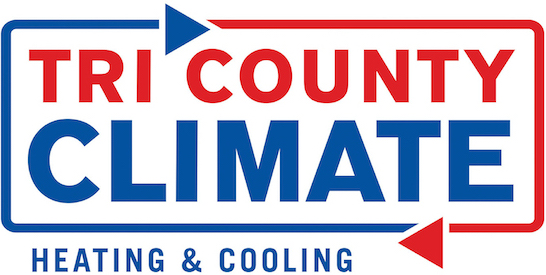It’s always nice when we manage to save money on our utility bills, but you should know there’s a way to do it when you aren’t even home.
The key is your thermostat. By learning more about its special features and settings, you can help the thermostat plan for your preferred temperatures. You can create a number of automated temperature settings for when you’re at home, away or even when you’re sleeping.
With a few simple adjustments, you have more time to enjoy pleasant temperatures while also keeping more of your money. Here are some ways your thermostat doesn’t have to use up all your summer spending money:
While at Home
Pretty much whenever you’re home, you want comfortable temperatures. For the most part, you probably have your thermostat lower in the summer while you are in the house to appreciate the cool air.
But in terms of energy efficiency, the best range for when you’re in your home during the summer is usually between 78 and 80 degrees Fahrenheit. With this adjustment, you’ll avoid the worst of summer while keeping your energy bill more manageable.
While Out of the House
If you’re setting the temperature for whenever you’re gone, it’s advantageous to set the thermostat higher for while they’re gone.
Depending on the local climate or your home’s location, you can set the thermostat to temperatures as high as 88 degrees while no one is home and then lower it back to the sweet spot of 78-80 degrees after you return. This way, your air conditioning unit won’t be working overtime to provide cooling for a bunch of empty rooms.
While Sleeping
For a full night’s rest during summer weather, you want a nice cool temperature. A good rule of thumb is between 68-72 degrees Fahrenheit. There’s less risk of getting too hot or too cold when you are trying to get some rest.
Additional Ways to Reduce Energy Use:
- Put in a smart thermostat: Trying a smart thermostat in the summer can lower energy costs as it forms temperature schedules according to your lifestyle and personal preferences. It’ll take care of making changes while you are home or sleeping, while allowing it to get a little warmer when no one is home. Using reputed brands and models such as the Lennox iComfort, you can adjust the temperature remotely through your smartphone, tablet or laptop. Planning smart thermostat installation in your Bend home can be the simplest strategy for maintaining comfortable, yet energy-efficient temperatures whether you’re at home or across the country.
- Upgrade your HVAC system: A new HVAC system can save money in the long run. If a system boasts high energy efficiency, you can also count on lower utility bills since more efficient equipment requires less energy to achieve comfortable temperatures. Air conditioning installation in Bend is a great way to beat the heat in the summer.
- Keep up with AC maintenance: Whether or not you keep up with regular air conditioning maintenance in Bend can have a serious effect on your total monthly energy use. By regularly cleaning the coils, checking for damage and keeping vents clear of dust and debris, you may notice your HVAC system run more efficiently. Increasing efficiency also limits strain on key parts and lowers operational costs, leading to lower energy usage, which translates into lower energy bills.
- Clean or replace the air filter on a regular basis: A regular schedule for cleaning or replacing the HVAC system’s air filter saves money by helping air flow efficiently through your air conditioner. When filters become clogged, your air conditioner will have to work harder, and this greater strain could shorten the system’s life span and cause breakdowns.
- Verify your attic has enough insulation: Insulation is a vital part of maintaining an energy-efficient home, keeping the hot air outside and the cool air inside through summer. The North American Insulation Manufacturers Association (NAIMA) recommends that homes in the southern United States should have at least 13-14 inches of insulation, while states further north need 16-18 inches.
- Review your ventilation: A leak in the air ducts could increase your energy bills much more than 20 percent, plus it can potentially allow harmful emissions from your water heater, clothes dryer and other appliances throughout your home. Finding any leaks fast and sealing them can fix both of those problems.
- Seal all other leaky spots in your home: Finding and sealing any remaining leaks in your home with caulk, foam sealant or weather-stripping keeps temperatures a little cooler on hot summer days. It’s also important to check for any gaps around windows, doors and even outdoor fixtures. Taking the time to seal up any leaks now can help you save a lot in the long run.

